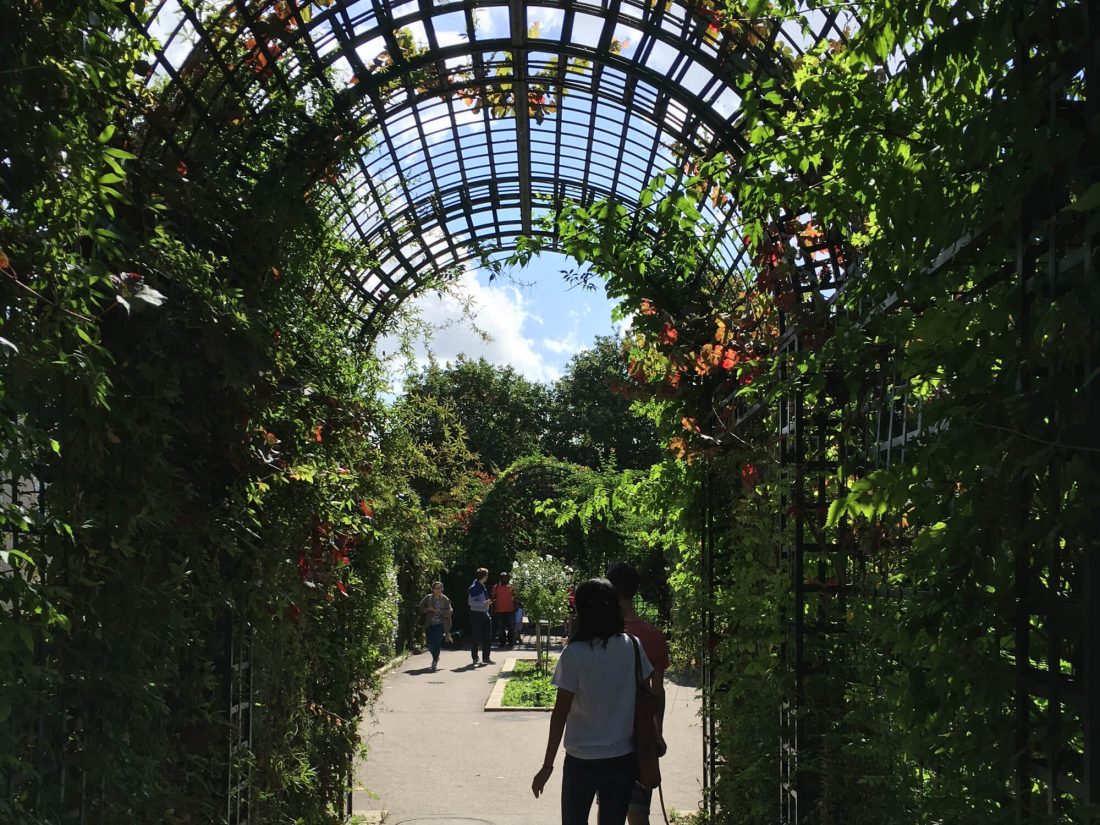The “promenade plantée” (green walk) also called “Coulée verte René-Dumont” is an elevated scenic three-mile (4.5 km) with view over Paris’ 12th arrondissement. It is built on the site of a former railway line, closed since 1969. Follow me on a tour, starting with with a café gourmand at the Train Bleu, a photo break in the colourful street of rue Crémieux, walk on the promenade plantée and finishing with a drink at Ground Control.
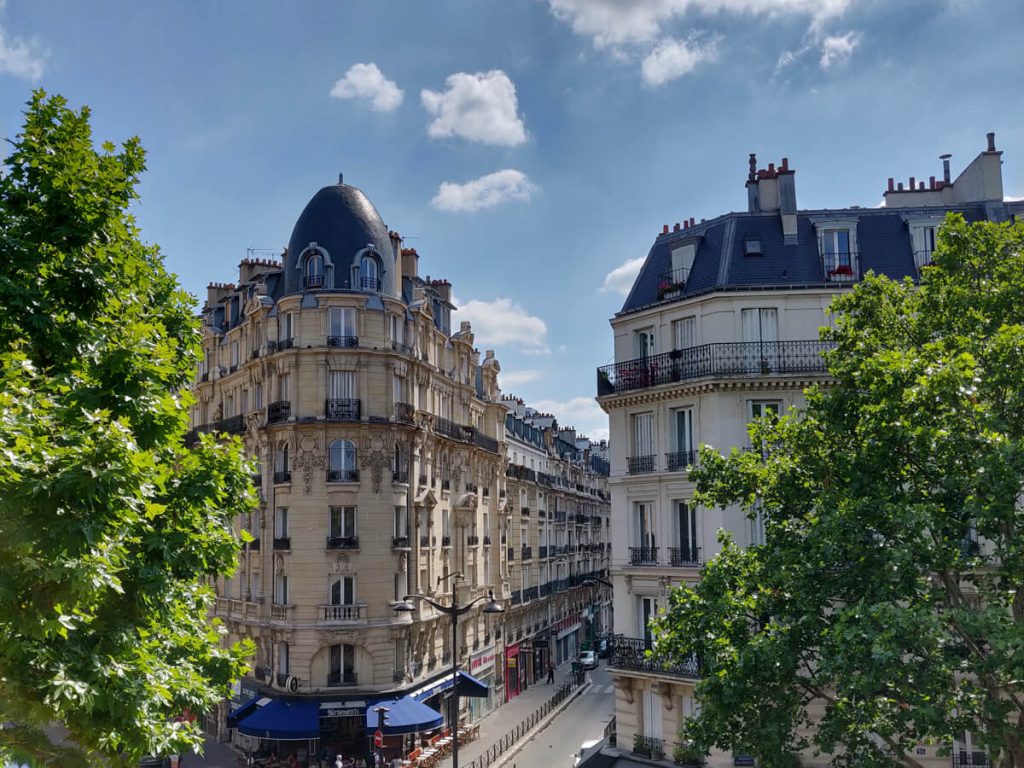
The colourful street of rue Crémieux
Close to Gare de Lyon, the rue Crémieux is a picturesque pedestrian street with colourful facades. This charming cobbled street is one of the most Instagramable street in Paris. Frustrated residents often park their cars there as a protest. Before the promenade plantée, I recommend arriving at Gare de Lyon, walk to rue Cremieux and have a café gourmand at the Blue Train.

The Blue Train
Le Train Bleu is a neo-baroque and Belle Époque brasserie restaurant located in the hall of the Paris-Gare de Lyon train station. It was originally called “Le buffet de la gare” (the station buffet) and renamed “le Train Bleu” in 1963 in tribute to the legendary Blue Train “Calais-Méditerranée-Express”: a legendary train bound for the Côte d’Azur. Symbol of travel and luxury, the le Train Bleu was originally built for the 1900 universal exhibition but inaugurated in 1901.
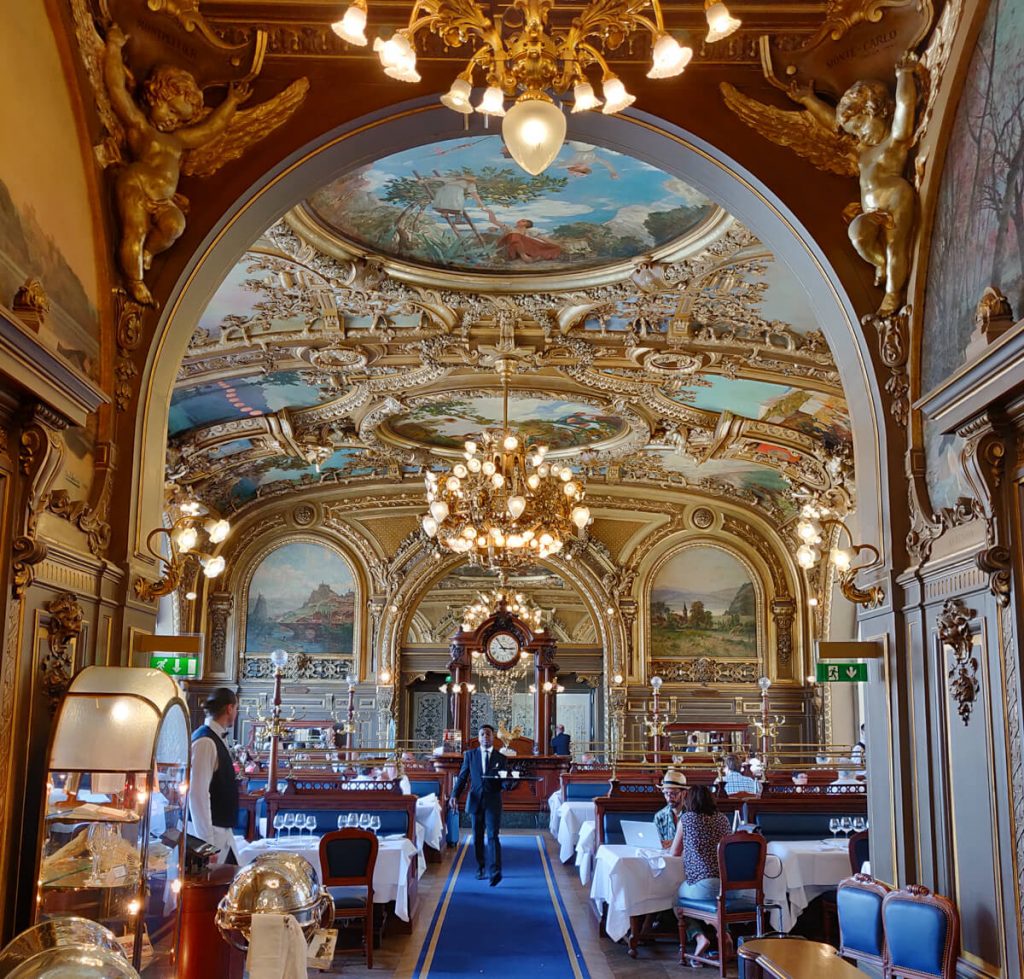
The Train Bleu opens from 11h30-14h45 and 19h-22h45
Official site
The promenade plantée: a green walk over Paris’ 12th arrondissement
The promenade plantée is a bucolic walk along the old railway line closed since 1969. With its plants and trees, this scenic walk is a small oasis in Paris allowing you to explore the 12th arrondissement, away from traffic. Inaugurated in 1993, it links to Porte Dorée and Porte de Vincennes . It has since inspired many others, such as the Highline in New York.
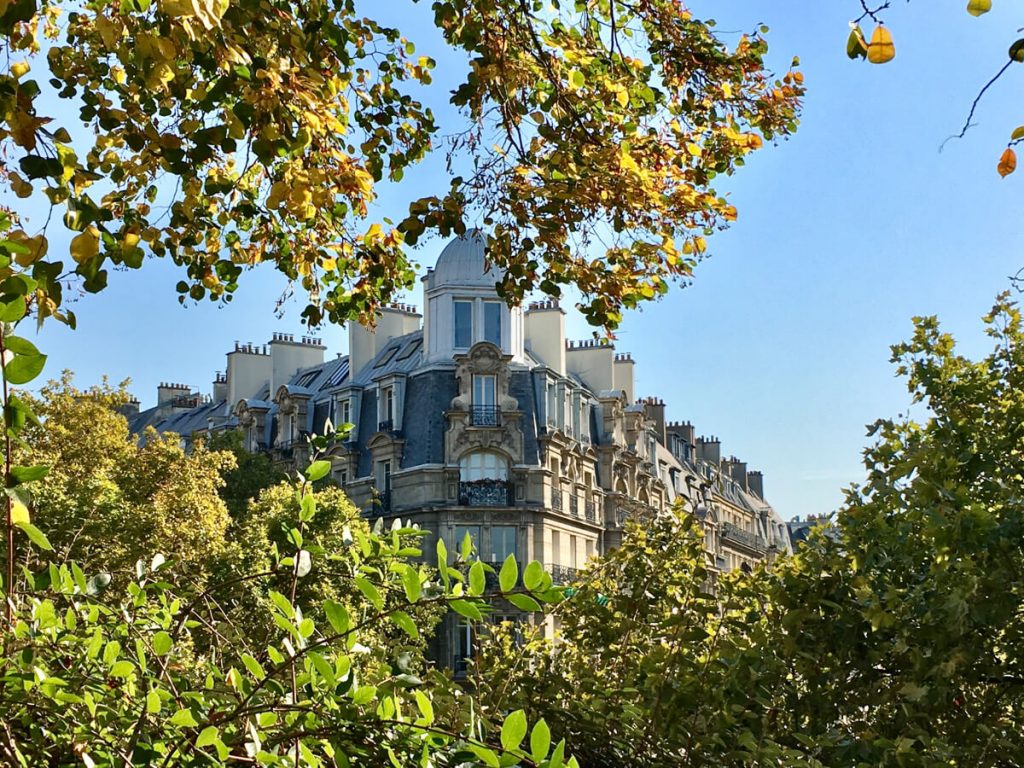
Access
The start of the promenade plantée is accessible at the intersection of rue de Lyon and avenue Daumesnil.
Part 1
The first section follows the viaduct des arts to the Reuilly garden. The Daumesnil Avenue is partly bordered by Haussmannian style buildings. The “Haussmann buildings” are characterised by facades made of sandstone and the distinctive roofs with windows, gates, balconies with beautiful metal work… this renovation process with wider streets were commissioned by Napoleon III in 1853. Paris was then divided into the 20 arrondissements (districts). The buildings have now become the signature architecture of Paris. They consist of six or seven stories. The promenade plantée is a perfect way to enjoy these beautiful building. It’s a nice walk bordered by different trees and plants (even a small bamboo forest) and going through several gardens. It ends at the suspension bridge overlooking the Reuilly garden.
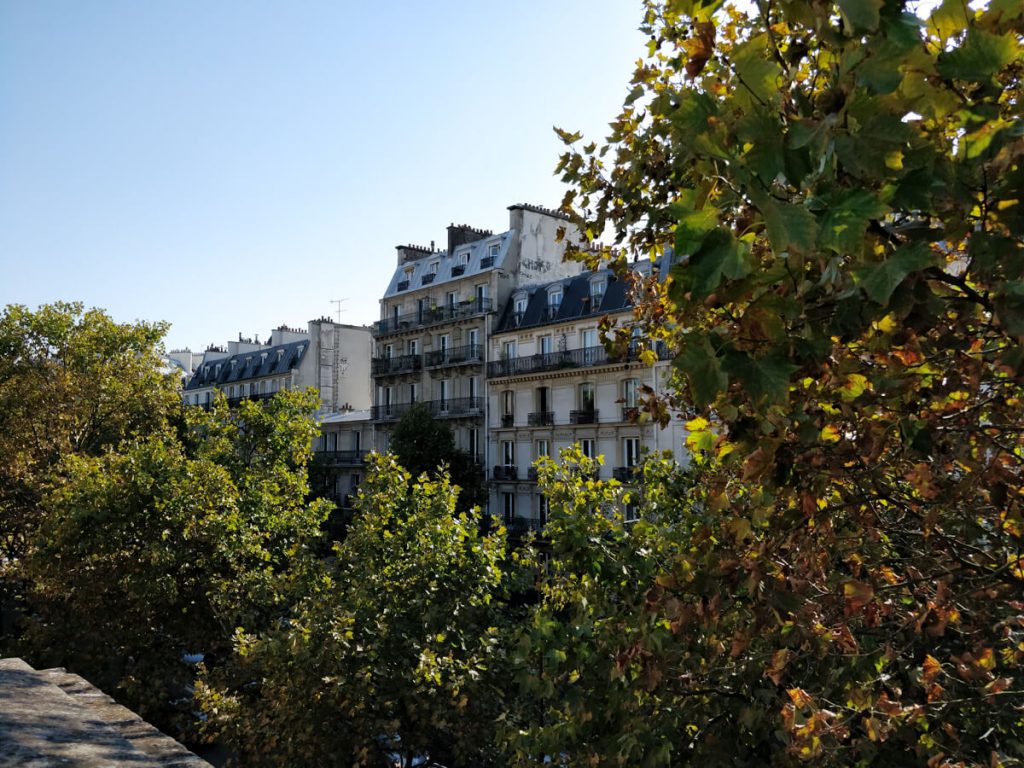
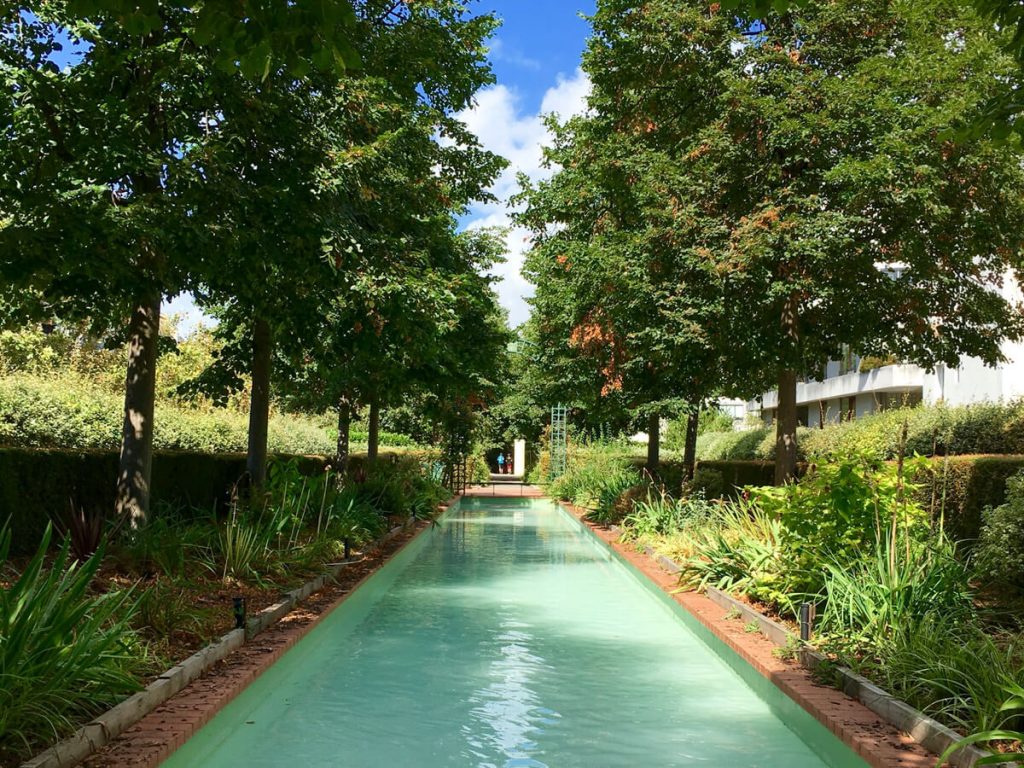
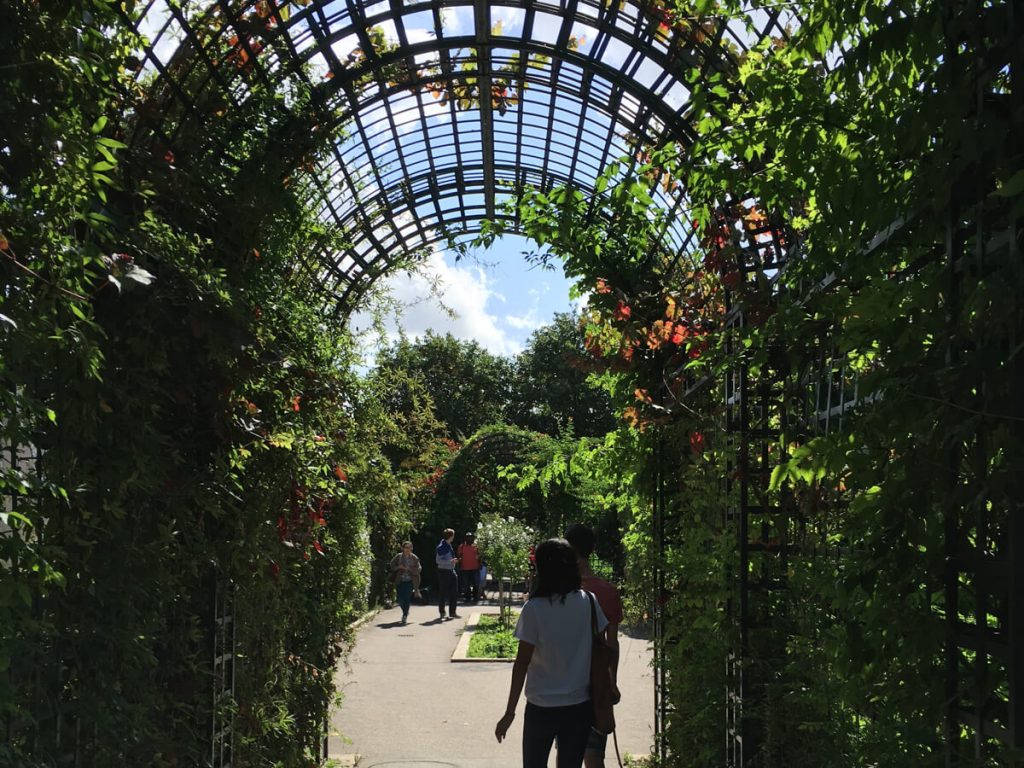
The Art Deco police station
The police station was designed and produced by architect Manolo Nunez-Yanowsky in the early 90s. What’s really noticeable are the sculptures on the top floor. These are based on Michelangelo’s “Dying Slave.
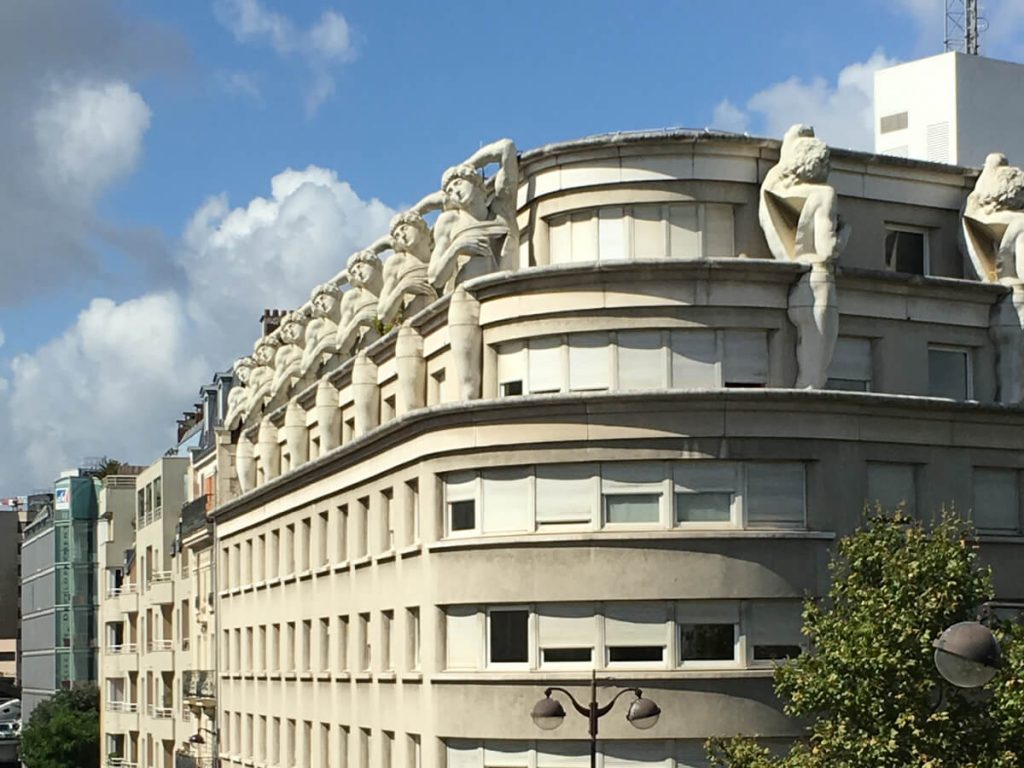
Part 2
The second section starts after crossing Vivaldi alley. After going through a tunnel for pedestrians and cyclists, you will discover a park with abundant vegetation.
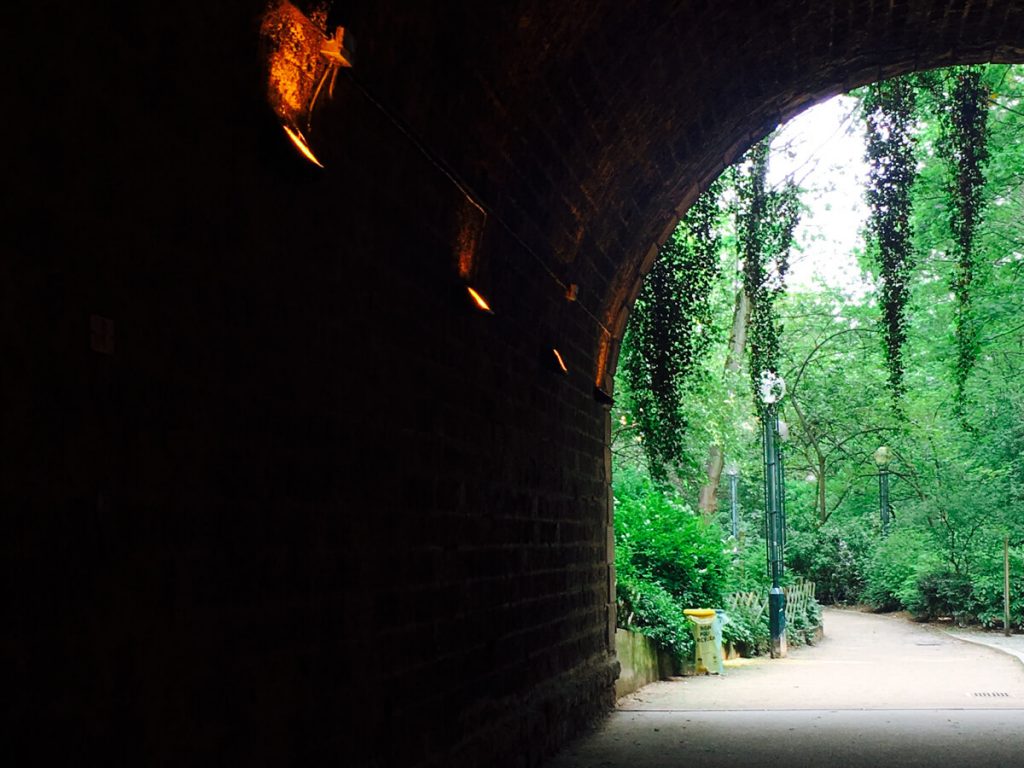
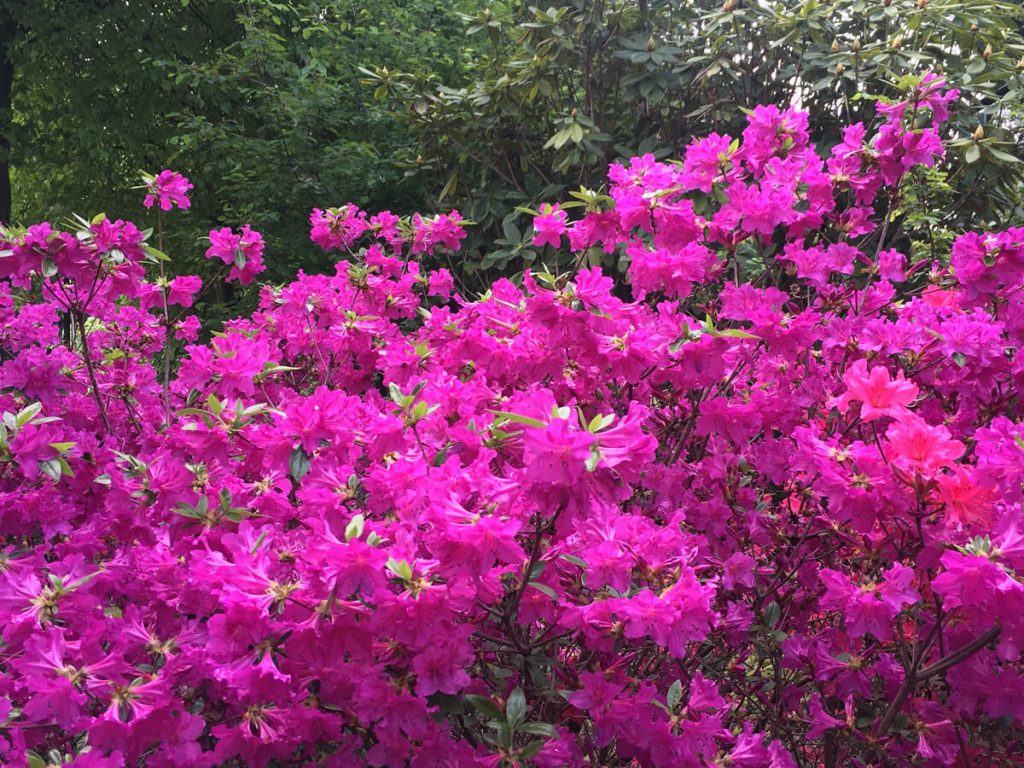
Part 3
The last section of the promenade is divided into two. The northern section ends on Edouard Lartet street and the second one (south) ends on a cul de sac where you can see the former rail tracks.
Ground control
Have a drink at Ground control, a former 6,000m2 SNCF hall with restaurants, bars and a huge terrace. If you prefer a cocktail, head to the Long Courrier bar which is on a plane (with the captain replaced by a DJ). Guaranteed atmosphere!
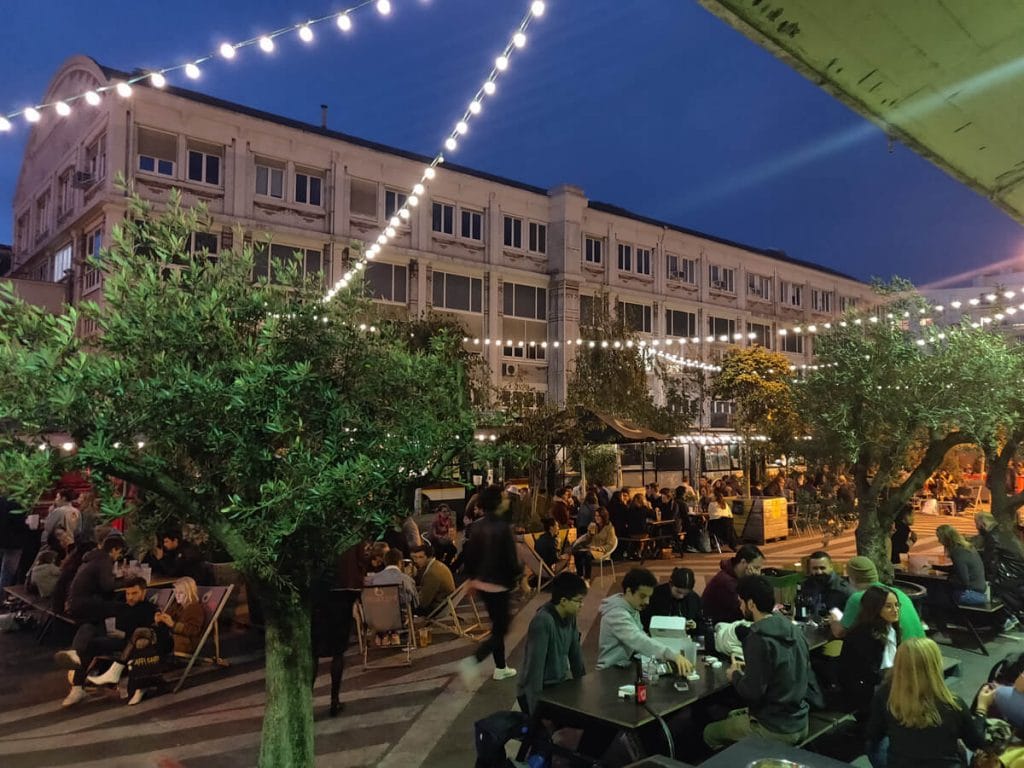
Address:
81 Rue du Charolais, 75012 Paris
Official site (in french)

